Trinidad pimento pepper – What is it?
In this article, we explore what the Trinidad pimento pepper is, its unique flavor, and how you can use it. This “seasoning pepper” brings that distinctly Caribbean flair to any dish, leaving a bold, memorable impression.
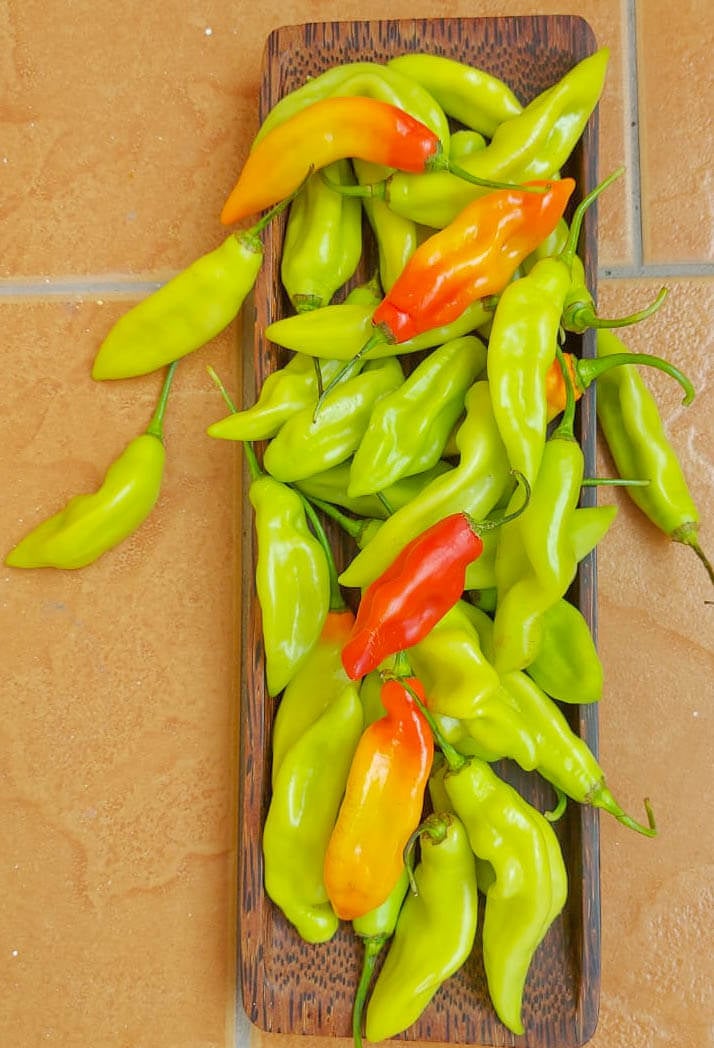
A Taste of the Caribbean
Today, we’re diving into the vibrant world of Caribbean cuisine—where flavors dance and taste buds tango. Get ready for a culinary adventure as we uncover the secrets of the Trinidad pimento pepper (Capsicum chinense), a tiny gem with a big place in Caribbean cooking.
Caribbean kitchens thrive on herbs and spices. And right in the middle of that flavor party? The mighty pimento pepper.
With its balanced heat and subtle sweetness, the Trinidad pimento pepper brings big flavor without overwhelming the dish. It’s aromatic, colorful, and packed with taste—the kind of ingredient that makes you go, “Wait… what’s in this again?”
Caribbean food is a mix of cultures and traditions: Indigenous, African, Indian, and more, all pulled together. And in the center of that mix, the pimento pepper reigns supreme. From stews to chow, to even desserts, it adds that unmistakable island touch.
What is Trinidad pimento pepper
Locally known as “seasoning pepper,” the Trinidad pimento is a staple in many Caribbean dishes. It’s an elongated pepper known for its mild heat and distinct flavor—often used in place of bell peppers for a tastier twist. The fruits are about an inch in diameter, and the plant can grow several feet tall.
Unlike spicier hot peppers, this pimento brings flavor, not fire. That’s why it’s perfect for green seasoning, the fresh herb blend that’s a backbone of Caribbean cooking.
Fun fact: Pimento pepper plants produce peppers that turn green to red when ripe. And yes, they grow just as beautifully in pots as they do in the ground.
Did You Know?
Trinidad pimento is grown in the National Herb Garden, where hybrid seeds and standard varieties are cultivated. Even the leaves like broadleaf thyme play a role in flavoring certain dishes.
And just to clear this up: Trinidad pimento peppers are not the same as the U.S. “pimento” you find stuffed into olives. Totally different pepper, different taste.
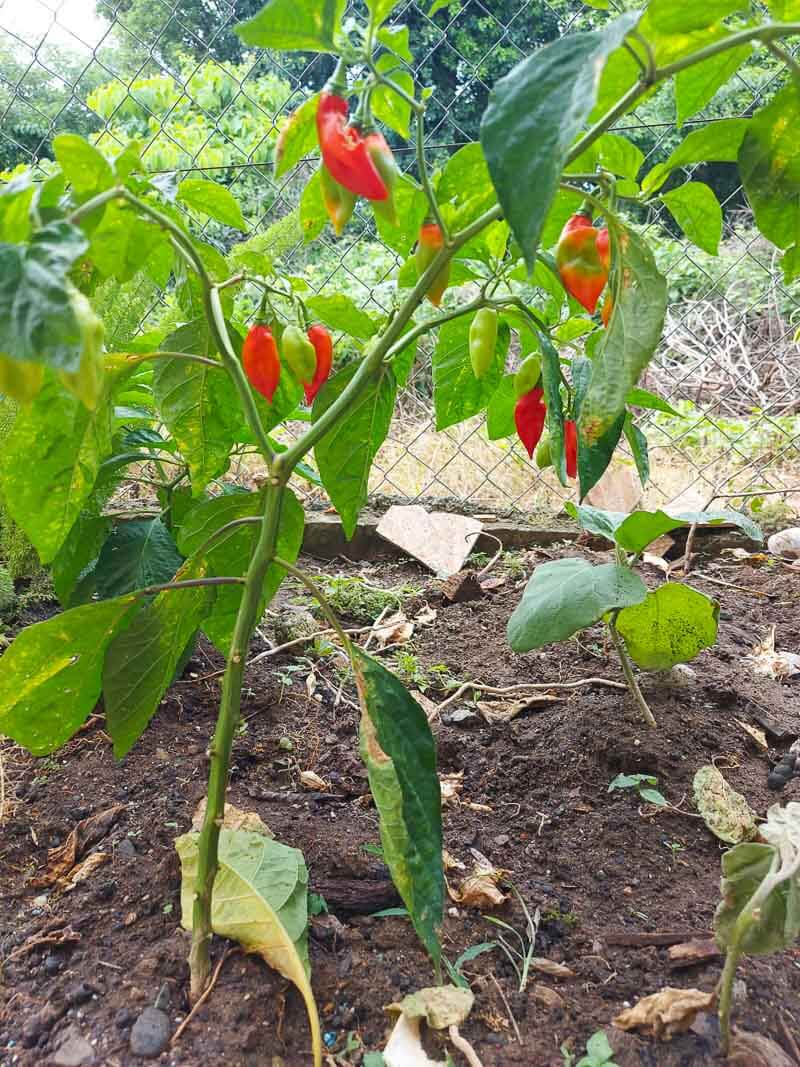
How hot is it
Let’s talk spice. These peppers are flavorful first, with a gentle kick second.
On the Scoville scale, Trinidad pimentos range from 100–500 units, putting them squarely in the “very mild” category. That’s nowhere near the fire of habaneros or Scotch bonnets.
If you’re looking for more heat, you’ll want to sub in peppers like bird’s eye, cayenne, or habanero.
But if you want flavor without the burn? This one’s your best friend.
Substitutes for Trinidad pimento pepper
Can’t find pimento? Here’s how to pivot:
- For mild dishes: Use red bell peppers or banana peppers. Banana peppers are tangier, but both keep things mellow.
- For a little heat: Try Thai chilies or jalapeños.
- Flavor boost: Add in seasonings like black pepper, Spanish thyme, or fresh chives to round things out.
There’s no exact replacement, but you can still get close to the flavor vibe.
Trinidad pimento Vs. red bell pepper
Both are mild, but they bring different energy to the plate.
- Flavor: Pimentos are richer and more savory; bell peppers are sweeter.
- Shape: Pimentos are slender and long; bells are round and plump.
- Use: Pimentos shine in seasoning mixes, stews, and meat marinades. Bells are perfect for salads, roasting, or stuffing.
Pimento is the flavor workhorse in Caribbean cooking—subtle, but impactful.
Where to buy Caribbean pimento peppers
Hunting for fresh Caribbean pimentos? Here’s where to look:
- Ethnic or Caribbean markets: Often your best bet if you’re near a Caribbean community.
- Online retailers: Places like Lime Distribution and Produce City Market sometimes carry fresh pimentos.
- Grow your own: These peppers are easy to grow in warm climates or in containers. Just grab seeds online and let your green thumb go to work.
- Pimento pepper sauce: If fresh isn’t an option, Bertie’s brand makes a pimento-based sauce with garlic and vinegar, available on Amazon.
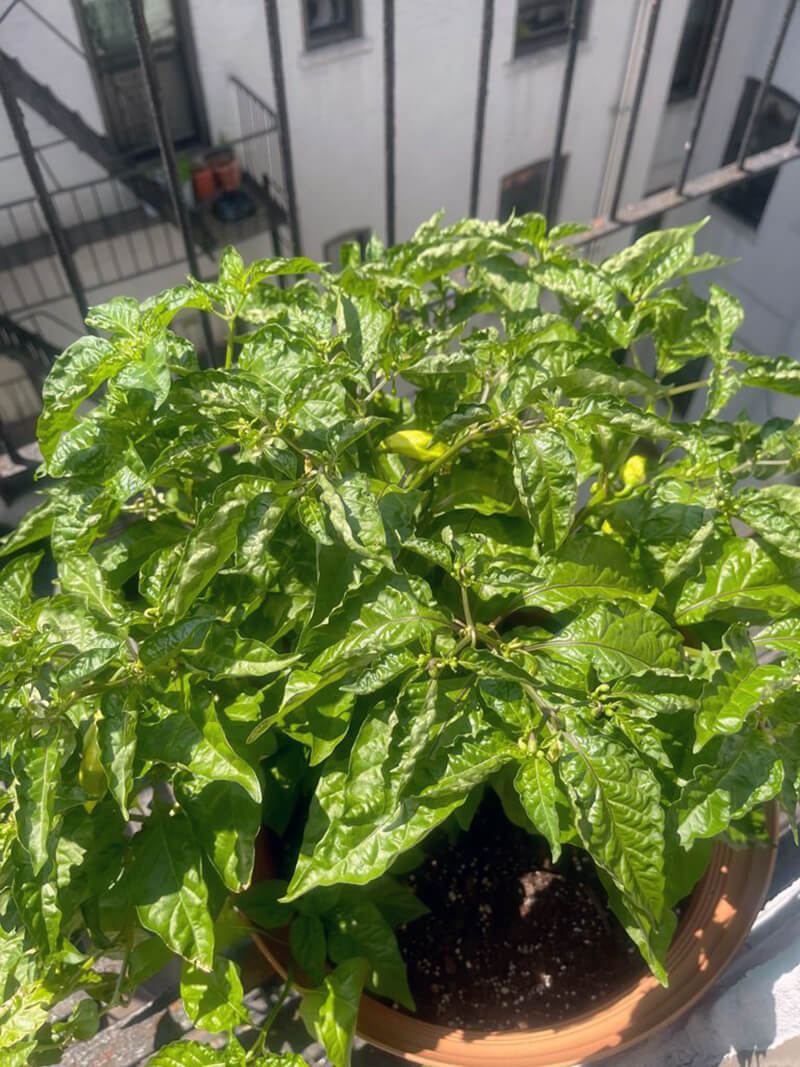
What recipes use pimento peppers
Pimento peppers show up in so many Caribbean dishes, especially when you’re looking for flavor without too much heat. Here are a few classics that highlight how versatile this pepper really is:
- Green seasoning – This herb and pepper blend is the foundation of Caribbean cooking. The herb and pepper mix that goes on almost everything: meats, stews, fish.
- Stew chicken – A Sunday staple across Trinidad and Tobago. Pimento peppers are usually sautéed with onion and garlic before the chicken is browned and stewed down in a rich gravy.
- Curry shrimp – Sautéed pimento amps up the richness of the curry.
- Pepper sauce – Blend with vinegar, garlic, and salt for a flavorful hot sauce (or keep it mild with just pimentos!).
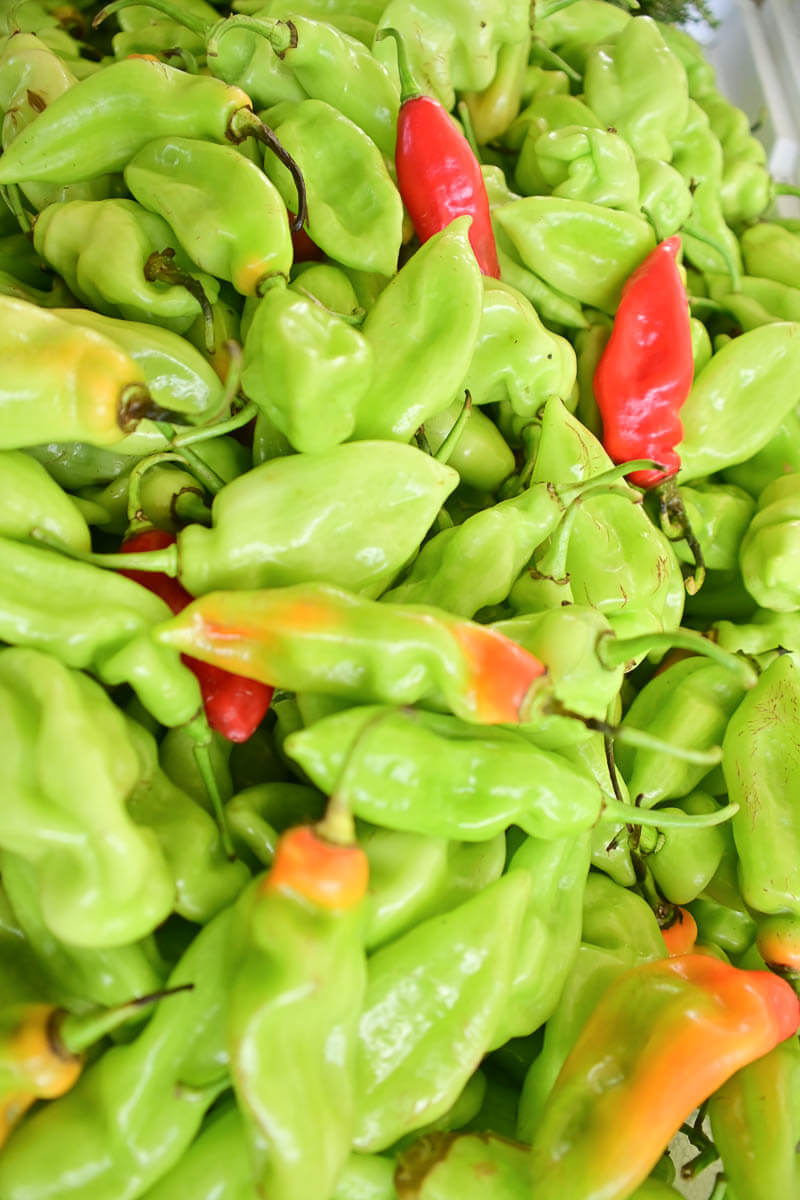
How to store Trinidad pimento peppers
Found some? Lucky you. Here’s how to keep them fresh:
Short-term (fridge)
- Store in a perforated plastic bag
- Keep in the veggie drawer
- Use within 2 weeks
Long-term (freezer)
- Wash and dry
- Remove seeds if desired
- Chop or freeze whole
- Store in an airtight bag or container
- Label and use within 6 months
To use frozen peppers, thaw in the fridge or cold water before cooking. But for peak flavor? Use them fresh when you can.
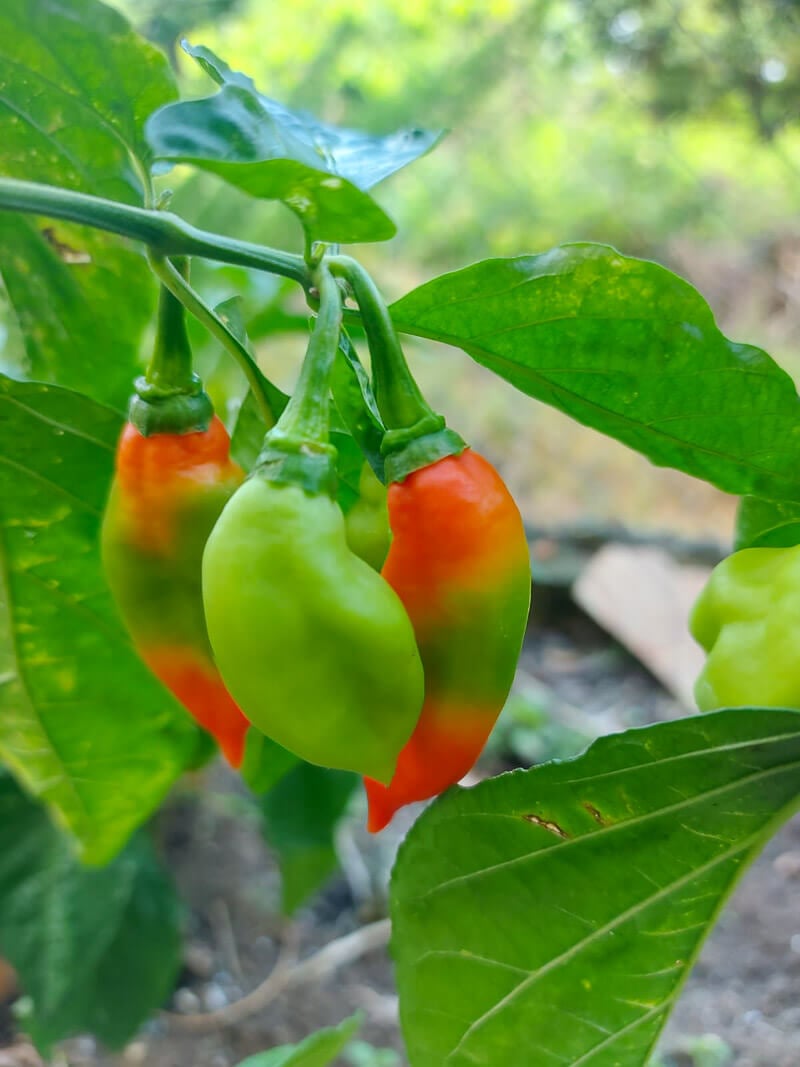
Final Thoughts
Now that you’ve met the mighty Trinidad pimento pepper, hopefully you’re inspired to start cooking with it (if you haven’t already). It’s a kitchen essential in Trinidad and Tobago and deserves some spotlight love globally.
Its unique mix of mild heat and rich flavor makes it more than just a pepper.
Keep exploring more flavors
Learn more:
Try these recipes using pimento peppers:
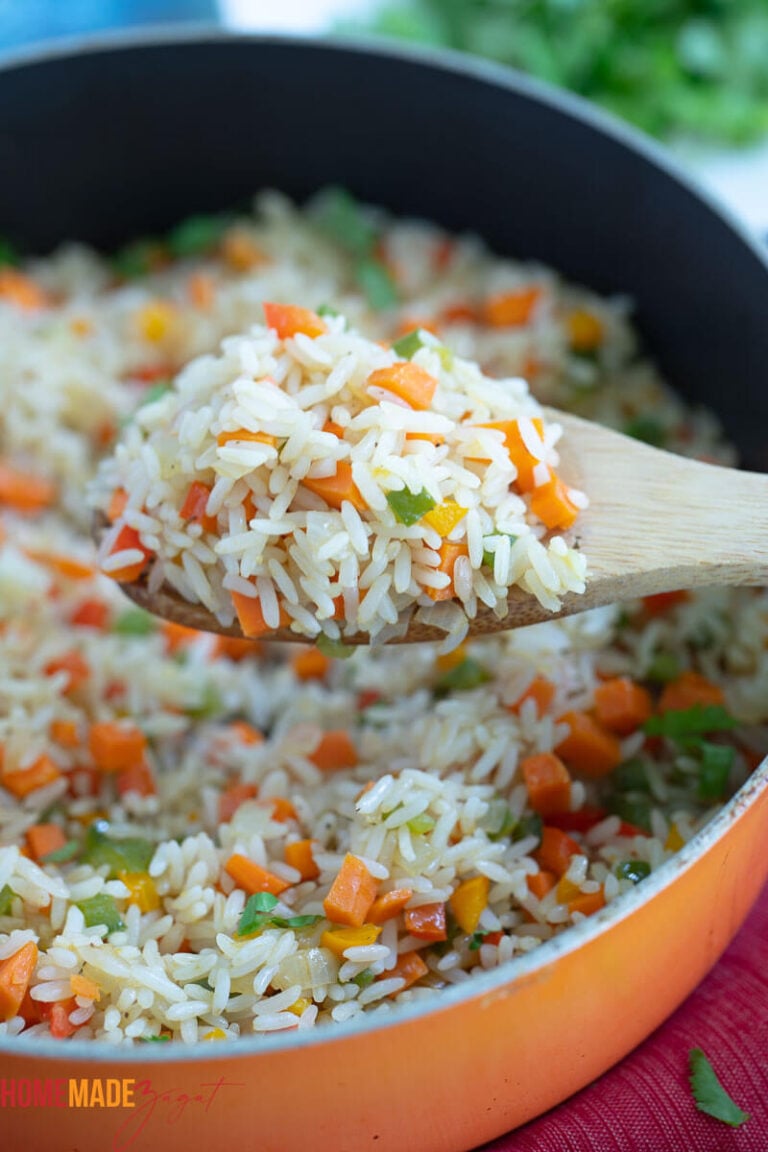



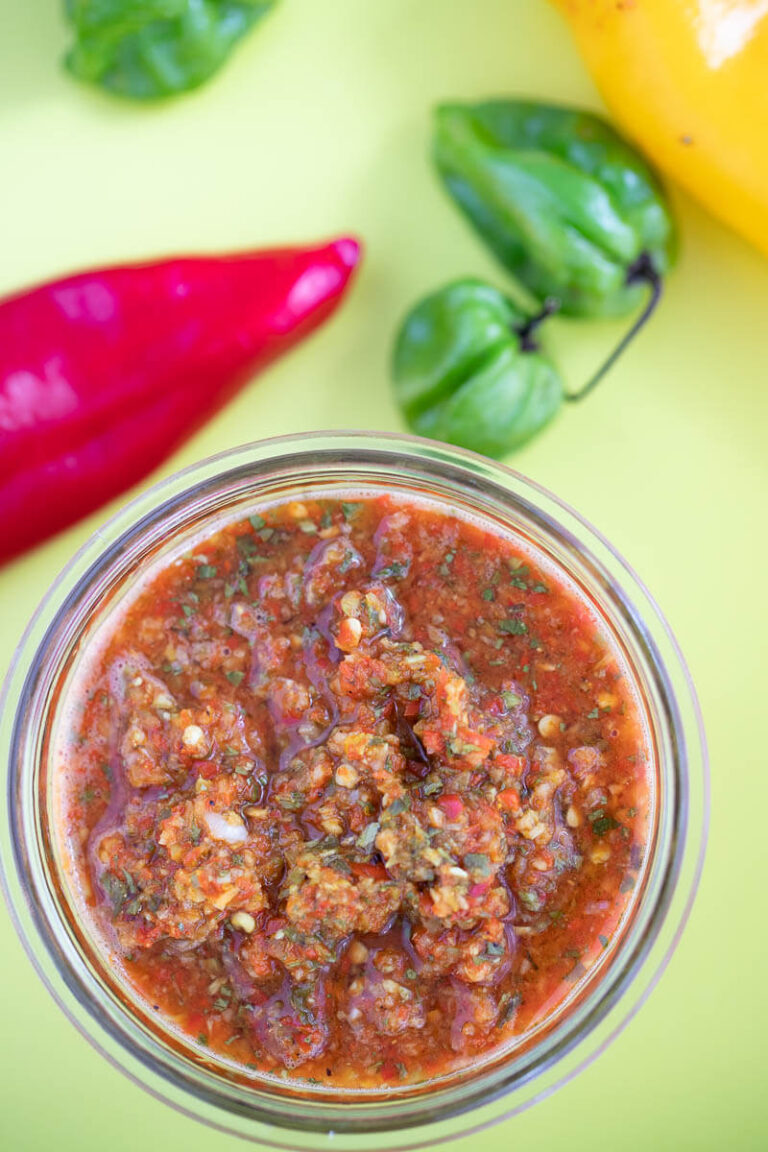

where can i find Pimento peppers in California ?
Hey. I am not sure about Cali. I know here we get a lot at the Caribbean supermarkets. Do you want to try to grow a plant? Check out this shop on Etsy https://ctcstudioscreations.etsy.com